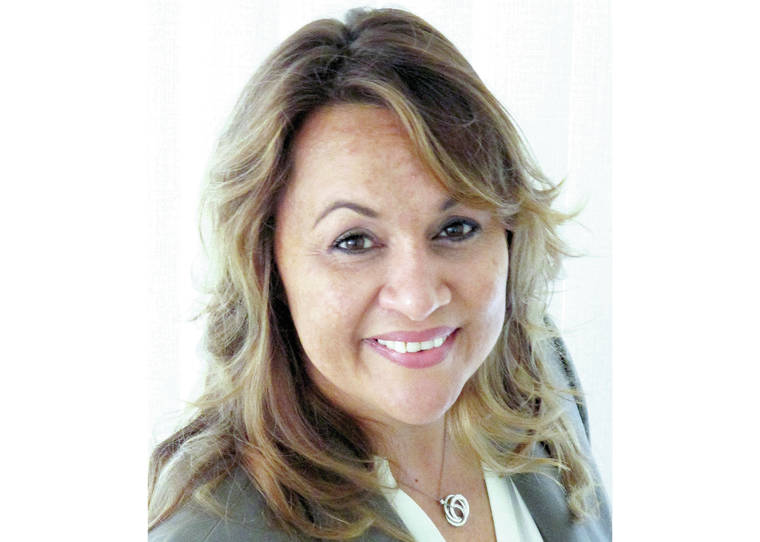The public will have less opportunity to weigh in on the size, style and location of roadside signs under a streamlining measure making its way through the County Council.
Bill 134 will put the Public Works director, rather than the County Council, in charge of approving variances to the county sign code. That means the public will be notified about a proposed variance only if they live within 300 feet or if the sign is to be located in a special district with a design commission, such as the Kailua Village Design Commission.
The change was inspired in part by a more than five-year wait for sign approval by a company that opened a Holiday Inn Express &Suites on Sarona Road in 2014. The sign variance application gathered dust in the Public Works Department, was postponed by a previous council, took two trips to the Kailua Village Design Commission and was finally approved last year.
“This body saw a bit of a hiccup a few months back with another sign variance,” said Hilo Councilwoman Sue Lee Loy, who introduced the bill. “We really dug in and began to refine that and make it a little bit more efficient.”
The bill sailed through the council Committee on Public Works and Mass Transportation and its first reading Wednesday at the council, with no members of the public providing testimony. Its final hearing will likely be on March 11.
“This is a process that belongs with the department that is actually making the decisions,” said South Kona/Ka‘u Councilwoman Maile David. “We’re streamlining, guys. It’s awesome.”
The move reverses a 2004 ordinance authored by former Kona Councilman Curtis Tyler, who worked seven years to get a bill passed to put the County Council, rather than the Public Works director, in charge. Tyler, contacted Friday, said he was trying to address inconsistencies in how signs variances were approved.
Kona Outdoor Circle, which was established in 1948 and part of a statewide effort to rid the islands of billboards, was a strong supporter of his bill, Tyler said.
“It really came from the Kona side, that’s where the problems are,” Tyler said.
He’s reserving judgment on the move back to putting the Public Works director in charge of the variances, saying only “it will be interesting to see,” how it works out. Still, he said, there are usually some unintended consequences of complicated legislation such as this.
“If there was something in the sign code that allow administrative agencies to stonewall something for five years, that needs to be corrected in my mind,” Tyler said. “People expect to see resolution.”
Unlike the Planning Department, which publishes variance applications on its website and in legal notices in the newspapers, Public Works has no such legal requirement to do so.
Lee Loy, however, sees the measure as ultimately providing more public notice, because the Public Works director will reject, as a matter of course, all applications that don’t follow the sign code. The burden would then be on the applicant to appeal to the Board of Appeals, which has its own public notice procedures.
Although an automatic rejection by the Public Works director is not part of the bill, Lee Loy said she postponed the effective date of the bill until June 1 to give the department time to write administrative rules to create that requirement.
The issue, although strictly about signs, reveals an underlying difference in philosophy between Lee Loy and Tyler, whom Lee Loy worked for when he was a councilman 20 years ago.
Tyler sees regulating the look of signs on buildings and roadsides a policy issue, which the council, as the policy-making body of the county, should oversee.
“You can delegate authority but you cannot delegate responsibility,” he said of a lesson learned during military service.
The council, as the elected body, needs to represent the people, he said.
“The council has a lot more power than I think some of them understand,” Tyler said.
Lee Loy, however, sees policy-making as setting the standard, not dealing with the exceptions. The council doesn’t have the technical expertise to determine what signs should look like, she said.
“As a legislative body, we write laws and it doesn’t make sense that we would let individuals get variances from a law,” she said.



